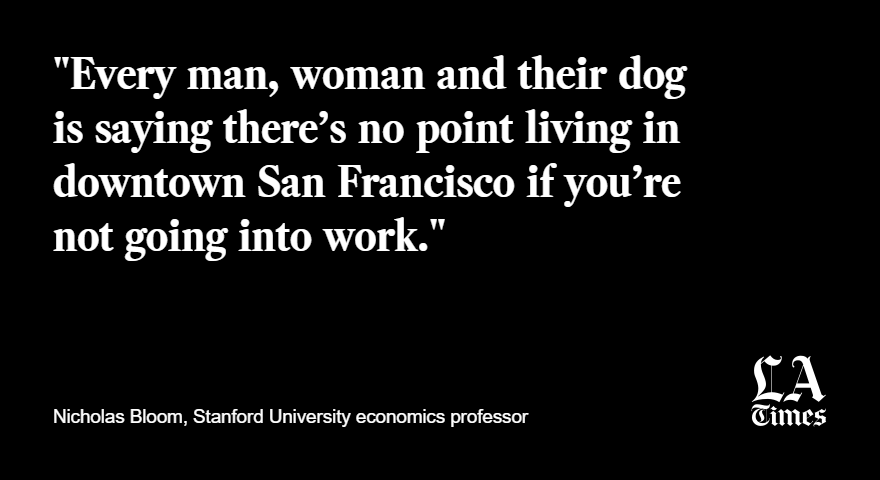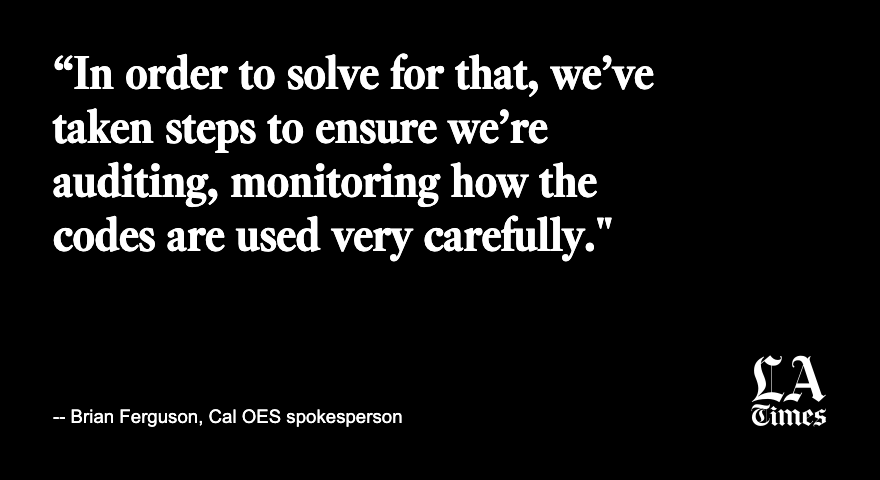
Since March, when stay-at-home orders began emptying downtowns, the average rent for a one-bedroom apartment in San Francisco has dropped nearly 30%, the largest decrease in the country. latimes.com/homeless-housi…
For some renters — mostly middle- and upper-income earners — it’s now more affordable to live in the famously expensive city than in its bluer-collar neighbor, Oakland. 

The rent declines are a direct result of the pandemic.
More than half the city’s employees are able to work remotely, according to the Bay Area Council Economic Institute, and tech firms have said employees can stay away from the office even after the pandemic ends.
More than half the city’s employees are able to work remotely, according to the Bay Area Council Economic Institute, and tech firms have said employees can stay away from the office even after the pandemic ends.

Additionally, the pandemic has closed restaurants, bars and museums, while putting a premium on locales that offer people more space to work or their kids to attend school virtually. 

But the pandemic has had an uneven economic impact.
Maria Marin and her family were once able to crowd into a one-bedroom apartment near Bayview. But after the pandemic hit, Marin lost her job, and then her husband got COVID-19 and lost his job.
Maria Marin and her family were once able to crowd into a one-bedroom apartment near Bayview. But after the pandemic hit, Marin lost her job, and then her husband got COVID-19 and lost his job.

Read the full story from @dillonliam now: latimes.com/homeless-housi…
• • •
Missing some Tweet in this thread? You can try to
force a refresh











